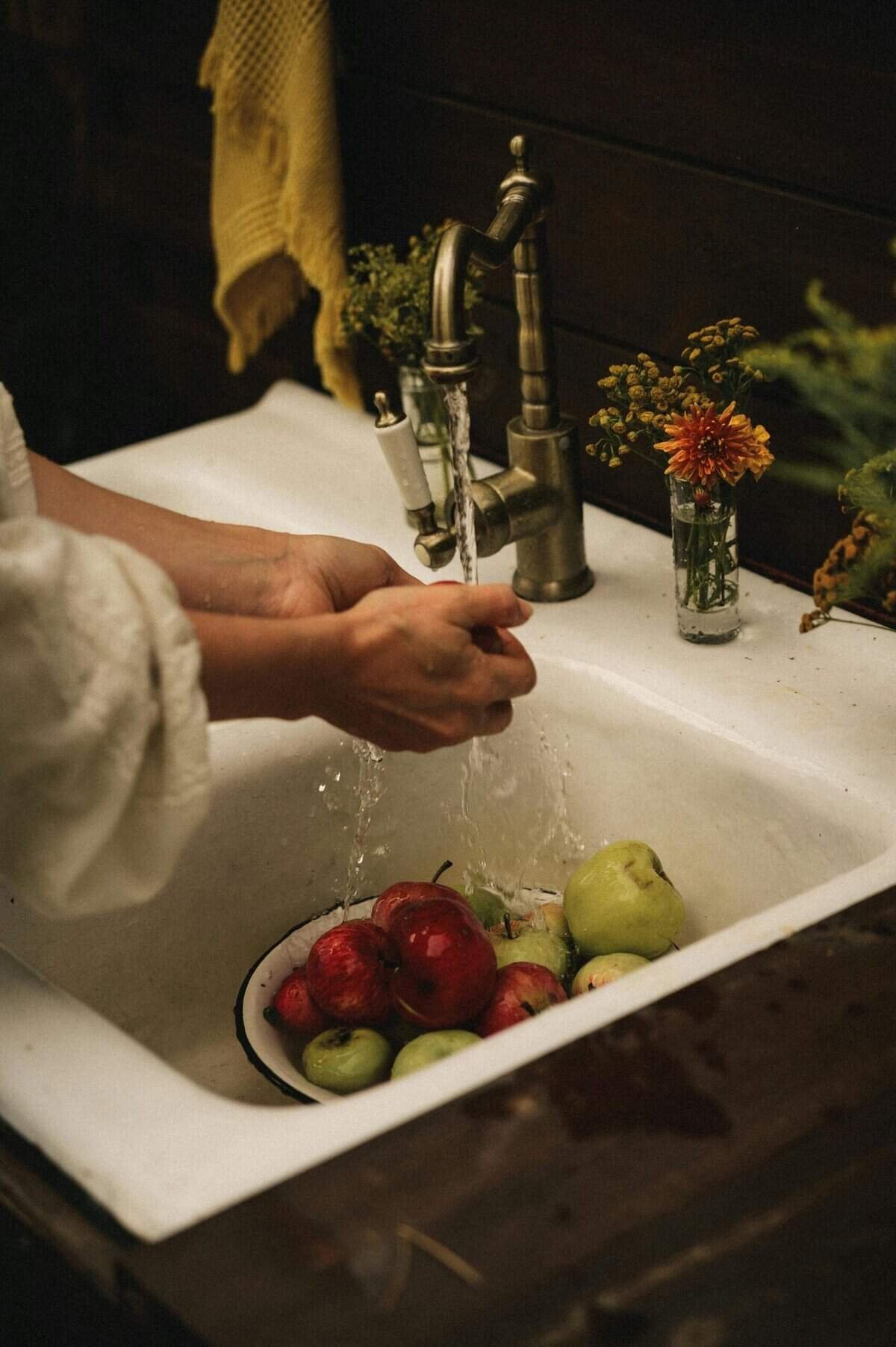Have you ever wondered about the purity of that refreshing glass of well water you enjoy every day? Water is crucial to your health and well-being, especially if you rely on a private well for your water supply. Identifying signs of potential contamination is critical to ensuring the quality and safety of your drinking water. In this article, you will uncover various resources and strategies that can help you pinpoint signs of well contamination, ensuring peace of mind when it comes to what you’re drinking.

Understanding Well Water Contaminants
Your journey to ensuring clean well water begins with understanding the types of contaminants that can affect it. These unwanted elements can range from naturally occurring minerals to man-made chemicals.
Common Types of Contaminants
Typically, well water can be subject to contamination from several sources:
Microbiological Contaminants: These include bacteria, viruses, and protozoans. Coliform bacteria, particularly E. coli, are common indicators of biological pollution.
Inorganic Contaminants: Such as nitrates, arsenic, lead, and other heavy metals, which can occur naturally or be byproducts of agricultural and industrial activities.
Organic Contaminants: Volatile organic compounds (VOCs), pesticides, and herbicides are examples, often resulting from industrial operations or agricultural runoff.
Radioactive Contaminants: Substances like radon and uranium, which may be present due to natural geological formations or human activities.
Understanding these contaminants and their sources is a great starting point for identifying potential threats to your well.
Signs of Well Contamination
Spotting contamination early can save you time and health complications. There are tell-tale signs to watch out for.
Changes in Water Appearance, Taste, or Odor
When your well water changes in appearance, taste, or odor unexpectedly, it can be a sign of contamination.
Cloudiness or Sediment: If your water appears murky or has visible particles, it may have been contaminated by dirt, minerals, or microorganisms.
Unusual Tastes or Smells: A metallic taste might indicate the presence of heavy metals, while a rotten egg smell could signal hydrogen sulfide from decaying organic material.
Health Symptoms in Household Members
Sometimes the first sign of contamination is not visual but physical.
Gastrointestinal Illness: This could be due to microbial contaminants like bacteria or viruses.
Skin Irritations: Compounds such as chlorine or VOCs can lead to rashes or other skin problems.
Neurological Symptoms: These might point to exposure to heavy metals or pesticides, warranting immediate investigation.

Testing Your Well Water
Proactive testing is one of the most reliable ways to identify contamination.
Frequency of Testing
How often should you test your well water? Experts recommend annual testing for most homes.
Routine Testing: At least once a year for coliform bacteria and nitrate levels.
After Events: Following any repair work, flooding, or if any changes in groundwater conditions are observed.
Types of Water Tests
There are various ways to test the purity of your well water, each targeting specific contaminants.
Chemical Tests: These are used to detect inorganic and organic substances, such as heavy metals and pesticides.
Bacteria Tests: Focus on identifying the presence of coliforms and other harmful microbes.
Radiological Tests: Essential in areas where naturally occurring radioactive materials are a concern.

Resources for Identifying Well Contamination
Different resources can assist you with testing and identifying contamination, ranging from DIY kits to professional services.
Home Testing Kits
Home testing kits offer a convenient way to perform preliminary checks on your well water.
Ease of Use: Many kits come with easy-to-follow instructions, allowing you to test for common contaminants like bacteria, nitrates, and pH levels.
Limitations: While they’re great for initial assessments, home kits may not detect all possible contaminants or provide exact concentration levels.
Professional Water Testing Services
For a comprehensive analysis, professional services offer more advanced testing.
Accuracy: Labs use precise methods to analyze your water sample, identifying a wide range of contaminants.
Consultation: Such services often provide guidance on correcting identified issues and next steps to ensure safe drinking water.
Government and Environmental Resources
You can also draw upon governmental and environmental resources for guidance and assistance.
Environmental Protection Agency (EPA): Offers extensive resources, guidelines, and recommendations on well water safety.
Local Health Departments: Typically provide testing services or referrals, especially in areas with prevalent issues of contamination.
State Geological Surveys or Environmental Agencies: These organizations can offer valuable data on regional risks and water quality trends.
Community Resources
Sometimes the community you live in can be a helpful resource.
Local Conservation Districts: Often conduct workshops or offer resources to help well owners manage water quality.
Water Well Associations: Provide members with current educational materials and alerts on contamination issues in their area.

Taking Action Against Contamination
Once you identify potential issues, quick action is essential to return your water supply to safe levels.
Treatment Options
Several treatment methods are effective against most contaminants:
Filtration: Activated carbon filters are great for organic chemicals, while reverse osmosis systems can remove inorganic contaminants.
Disinfection: Chlorination and UV light are effective against microbial contamination.
Water Softening: Helps reduce the concentration of minerals like calcium and magnesium.
Regular Maintenance and Inspection
Maintaining your well and water system can prevent issues before they arise.
Well Inspections: Regularly check for structural damage or seals needing repairs.
Pump Maintenance: Ensure your pump and storage systems are functioning correctly to avoid pollutants entering your well.

Understanding Regulations and Safety Standards
Finally, familiarizing yourself with water safety regulations helps you comply with legal standards and ensures your water remains safe.
Federal and State Regulations
Both federal and state regulations place importance on water quality standards.
EPA Guidelines: These regulations set limits on the amount of specific contaminants permissible in public water systems, which you can also use as benchmarks for private wells.
State Regulations: Some states may have additional or more stringent standards and protocols for testing and contamination prevention.
Keeping Informed
Staying informed about potential risks and regulatory updates is crucial for well owners.
Newsletters and Alerts: Subscribe to relevant water quality publications to stay ahead of any contamination news or research.
Engage with Local Networks: Joining groups or forums focused on water safety can provide invaluable support and shared knowledge.
Understanding and monitoring well water contamination is vital to ensuring the health and safety of your household. By leveraging the right resources and tools, you can effectively identify and address potential issues with your well water, safeguarding your family’s water supply for years to come.
